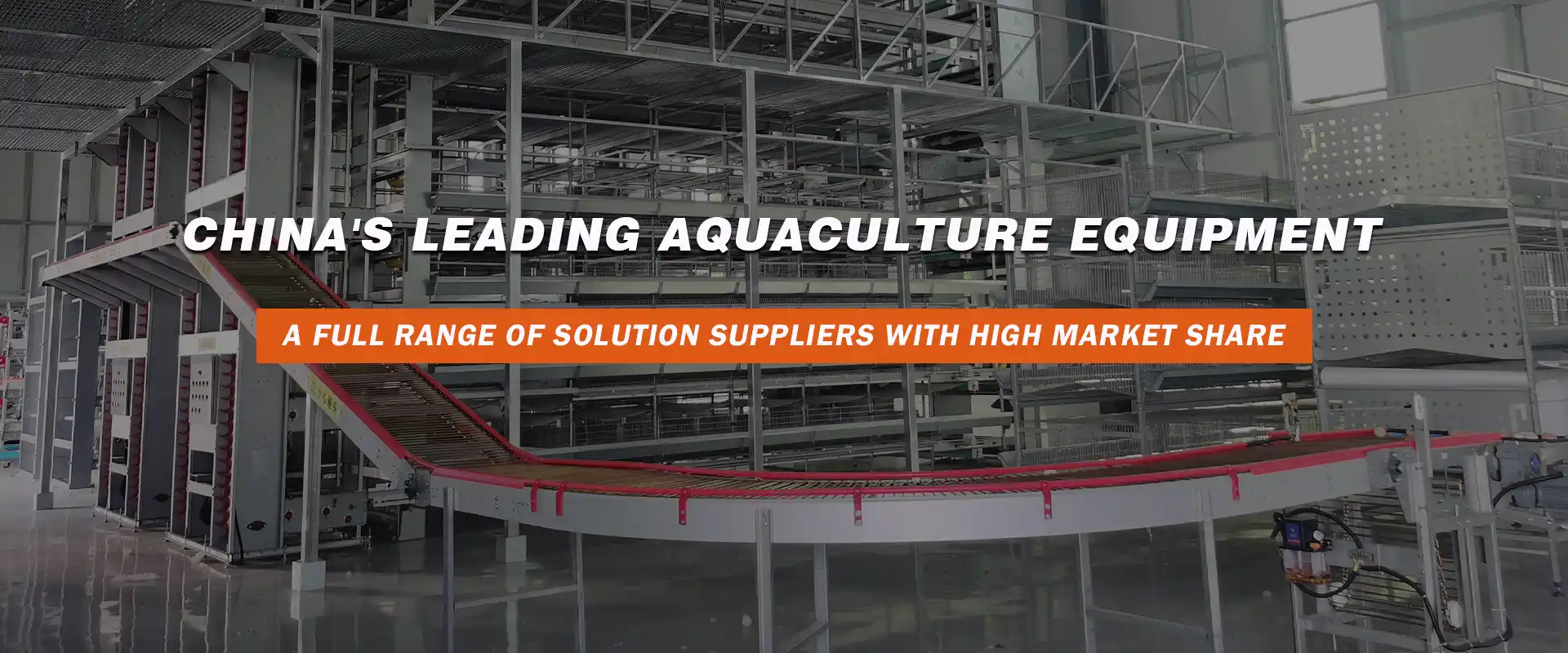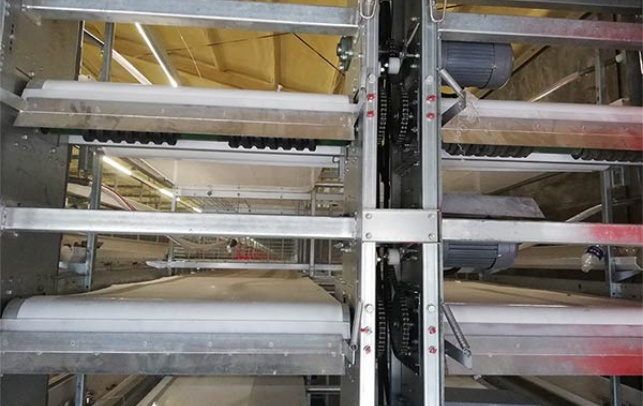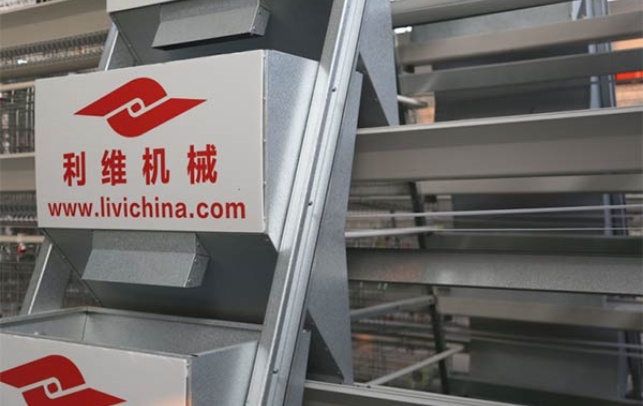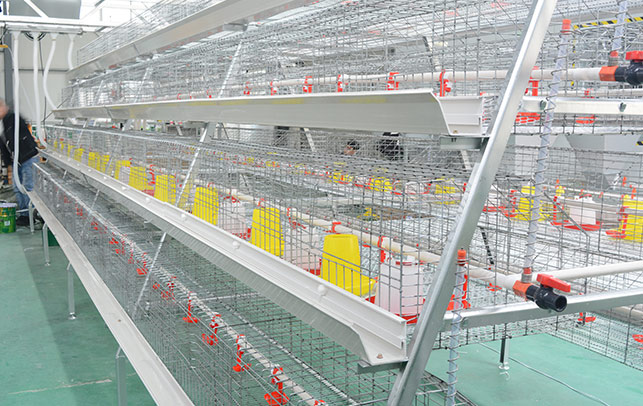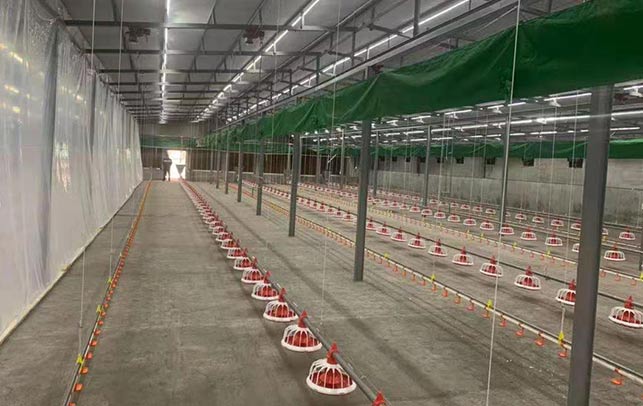Understanding the Initial Investment in Uganda Chicken Farm Automation Equipment
Time : 2025-07-02
As the demand for chicken meat and eggs continues to rise globally, many farmers, particularly in developing countries like Uganda, are looking to automate their chicken farms. Automation not only improves efficiency but also ensures better health and safety standards for the birds. In this article, we delve into the factors that contribute to the initial investment in automation equipment for a chicken farm in Uganda, providing a comprehensive and informative guide for potential investors and farmers.
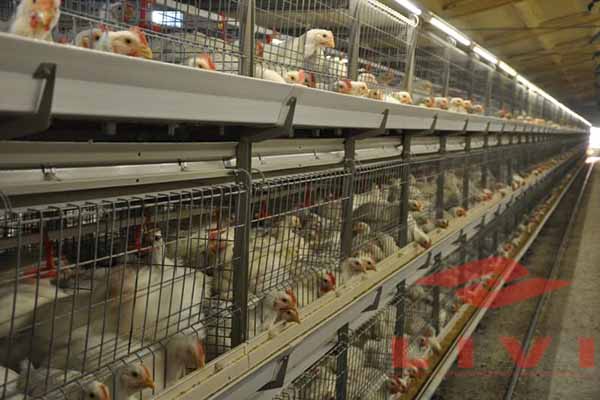
The Importance of Automation in Chicken Farming
Automation in chicken farming involves the use of technology to perform tasks that were traditionally done manually. This includes feeding, watering, climate control, and even egg collection. By automating these processes, farmers can achieve several benefits:
- Increased productivity and efficiency
- Reduced labor costs
- Enhanced biosecurity and disease prevention
- Improved flock health and welfare
Factors Influencing the Initial Investment Cost
The initial investment cost for automating a chicken farm in Uganda can vary widely depending on several factors. Here are some of the key considerations:
1. Scale of the Farm
The size of the chicken farm will significantly impact the investment cost. Larger farms will require more extensive automation systems, which can be more expensive to install and maintain.
2. Type of Automation Equipment
There are various types of automation equipment available for chicken farming, including:
- Feeding systems
- Watering systems
- Climate control systems
- Egg collection systems
- Monitoring systems
Each type of equipment comes with its own price tag, and farmers need to choose the right combination of equipment based on their specific needs and budget.
3. Brand and Quality
Just like any other product, the brand and quality of automation equipment can significan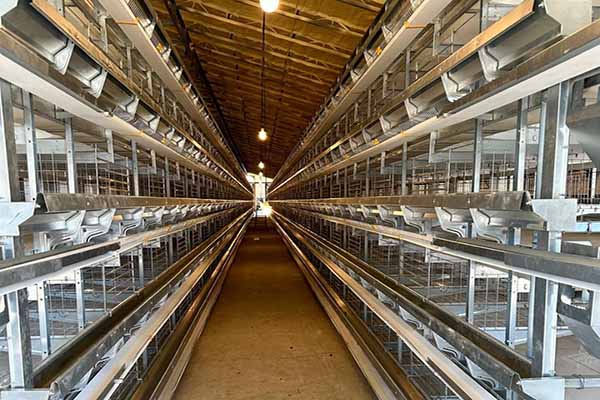 tly affect the cost. Higher-quality equipment tends to be more expensive but can offer better performance, durability, and service life.
tly affect the cost. Higher-quality equipment tends to be more expensive but can offer better performance, durability, and service life.
4. Installation and Maintenance Costs
The initial investment does not end with the purchase of the equipment. Installation and ongoing maintenance costs should also be considered.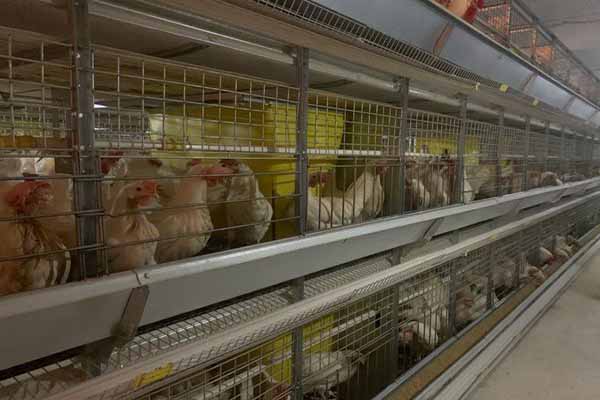 Professional installation services can be expensive, and regular maintenance is essential to ensure the equipment operates efficiently.
Professional installation services can be expensive, and regular maintenance is essential to ensure the equipment operates efficiently.
Estimating the Initial Investment Cost
As a rough estimate, the initial investment for a small-scale chicken farm in Uganda can range from $5,000 to $20,000. For a medium-sized farm, the cost can be anywhere between $20,000 and $50,000. Larger farms may require investments upwards of $50,000.
Here is a breakdown of the estimated costs for various types of equipment:
- Feeding systems: $1,000 to $5,000
- Watering systems: $500 to $3,000
- Climate control systems: $2,000 to $10,000
- Egg collection systems: $1,000 to $5,000
- Monitoring systems: $1,000 to $5,000
Financing Your Investment
Financing your initial investment in automation equipment can be challenging, especially for small-scale farmers. Here are some options to consider:
- Loans from agricultural banks
- Agricultural grants and subsidies
- Microfinance institutions
- Partnerships with private investors
Conclusion
Investing in automation equipment for a chicken farm in Uganda can be a significant financial commitment, but the potential benefits in terms of productivity, efficiency, and flock health make it a worthwhile investment. By considering the scale of your farm, the type of equipment needed, and the associated costs, you can make an informed decision about how much to invest in automation.




